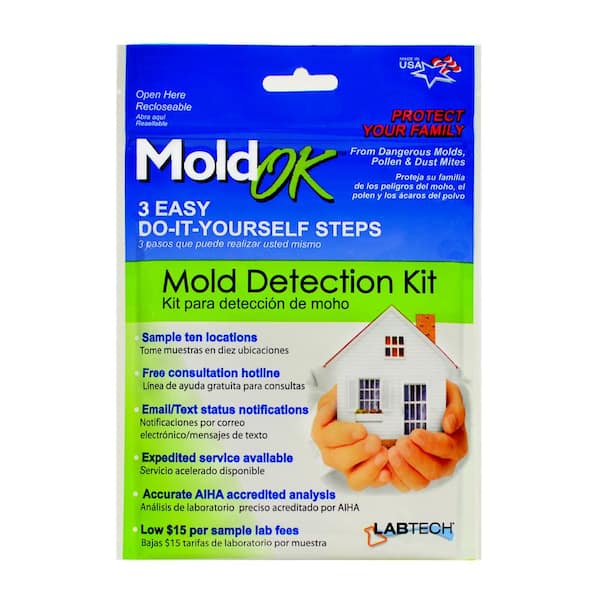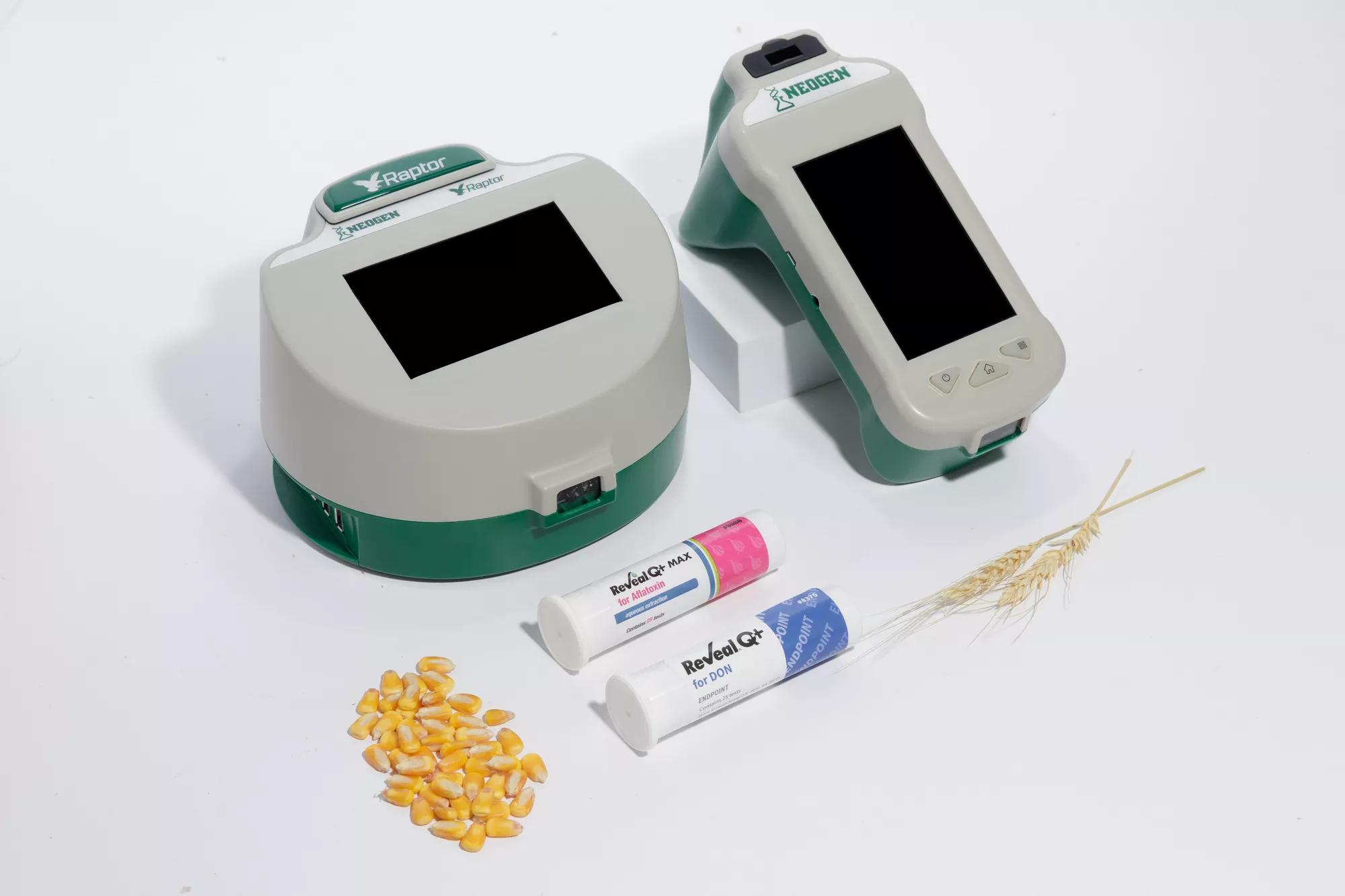Recognizing the Relevance of Reliable Mycotoxin testing Services
Recognizing the Relevance of Reliable Mycotoxin testing Services
Blog Article
Ensuring Conformity With Regulations: the Role of Mycotoxin Examining in Quality Assurance
Making certain compliance with rigorous policies is extremely important for preserving food safety, and the duty of mycotoxin testing in quality assurance can not be overemphasized. Mycotoxins, toxic compounds created by specific molds, present substantial wellness dangers, making their detection critical in food manufacturing. Adherence to regulatory requirements, such as those established by the FDA and EU, calls for durable screening methods and technologies to identify and quantify these pollutants. By carrying out thorough testing procedures, firms can prevent potential health and wellness crises, prevent costly recalls, and maintain consumer count on. The intricacies of these testing processes increase essential questions concerning their efficiency and performance.
Understanding Mycotoxins
Comprehending mycotoxins is basic to making sure the top quality and security of farming items. The most infamous mycotoxins consist of aflatoxins, trichothecenes, fumonisins, and ochratoxins, each linked with details fungal species and environmental conditions.
The presence of mycotoxins in food products can cause persistent and severe wellness concerns, consisting of liver damages, immune reductions, and cancer causing impacts. Subsequently, their detection and metrology are important parts of quality assurance in agricultural and food markets. The intricacy of mycotoxin contamination necessitates a diverse method, utilizing advanced logical techniques such as liquid chromatography, mass spectrometry, and enzyme-linked immunosorbent assays (ELISA) By understanding the resources, types, and results of mycotoxins, stakeholders in the farming field can better carry out preventative procedures and reduce risks, making certain safer consumption for end-users. This understanding forms the bedrock upon which effective mycotoxin management methods are constructed.
Regulatory Criteria for Mycotoxins
Having actually established a foundational understanding of mycotoxins and their influence on food safety and security, it is imperative to assess the governing requirements governing their presence in agricultural products. Governing requirements for mycotoxins are vital since they specify allowable restrictions, making sure food safety and shielding public health. Various global and nationwide companies have set these restrictions based upon comprehensive risk analyses.
The Codex Alimentarius Compensation, a global body developed by the FAO and that, offers guidelines and optimum allowed degrees for various mycotoxins in food and feed. The Codex has set limitations for aflatoxins in peanuts, maize, and dried out figs, among various other products. These requirements are often taken on or adjusted by specific nations to fit their certain requirements.
In the European Union, Guideline (EC) No 1881/2006 states maximum levels for a number of mycotoxins, such as aflatoxins, ochratoxin A, and deoxynivalenol, in numerous foodstuff. The U.S. Food and Medicine Management (FDA) has actually established activity degrees for mycotoxins like aflatoxins in products such as nuts and grains.
Adherence to these governing requirements is critical for keeping market accessibility, consumer count on, and public health. Non-compliance can result in considerable financial losses and health and wellness risks, emphasizing the significance of stringent mycotoxin testing protocols.
Checking Methods and Technologies

ELISA is commonly valued for its cost-effective and rapid screening capabilities, making it perfect for high-throughput atmospheres. It relies upon antibodies to discover certain mycotoxins, supplying cause a reasonably short time frame. However, its sensitivity may be limited contrasted to more advanced methods.
HPLC, on the other hand, excels in supplying quantitative analysis with high accuracy and accuracy. It separates complex mixtures into specific parts, making it highly effective for identifying and quantifying numerous mycotoxins simultaneously - Mycotoxin testing Services. This technique, while a lot more taxing and resource-intensive than ELISA, supplies a greater degree of dependability

LC-MS stands for the peak of analytical specificity and sensitivity. Incorporating the separation power of liquid chromatography with the discovery capabilities of mass spectrometry, LC-MS can spot also trace levels of mycotoxins. This approach is vital for confirming the visibility of mycotoxins in forensic and regulatory contexts, guaranteeing conformity with rigorous security standards.
Executing Examining Protocols

Integrating these sophisticated screening techniques into a comprehensive quality assurance structure demands a well-structured method to implementing testing methods. To accomplish this, companies need to first perform a complete threat analysis to identify potential mycotoxin contamination factors within the supply chain. This assessment notifies the advancement of a customized testing strategy that addresses specific vulnerabilities.
Next, developing standard sampling procedures is vital. Constant tasting makes certain that test outcomes are dependable and agent of the entire batch (Mycotoxin testing Services). Complying with guidelines from governing bodies, such as the FDA or EFSA, aids maintain compliance and improves the credibility of the screening procedure
Educating personnel is one more critical component. Staff has to be efficient in both sample collection and the operation of testing tools. Normal training sessions and qualification programs can ensure that team participants remain updated with the most up to date techniques and regulative modifications.
Advantages of Mycotoxin Testing
Mycotoxin testing uses countless advantages that considerably improve the safety and high quality of food and feed view website products. Primarily, it functions as a crucial control step to avoid contaminated products from reaching the consumer market, consequently protecting public health. By identifying and measuring mycotoxins such as aflatoxins, ochratoxins, and fumonisins, manufacturers can make sure that their items meet rigid regulative requirements, hence preventing prospective lawful consequences and linked costs.
Additionally, mycotoxin screening adds to the economic stability of food and feed sectors by minimizing the risk of large-scale item recalls. The ability to discover and isolate infected batches early in the production procedure minimizes waste and avoids the economic losses related to damaged brand name credibility. Moreover, it promotes consumer trust fund and loyalty, as consumers are progressively conscious of food safety and security issues and need higher high quality requirements.
The execution of regular mycotoxin screening likewise advertises finest practices within agricultural and production industries. By sticking to rigorous testing methods, companies can enhance their quality assurance processes, boost functional performance, and make sure the consistent manufacturing of safe, high-quality items. In final thought, the benefits of mycotoxin screening are complex, contributing to public health, economic security, and market stability.
Verdict
Mycotoxin testing is critical in guaranteeing conformity with regulative criteria, thereby keeping food safety and quality control. By methodically spotting unsafe mycotoxins, this method aids reduce health dangers, stop lawful consequences, and avoid financial losses related to item recalls. Implementing robust testing protocols cultivates consumer depend on and self-confidence in food safety and security practices, inevitably supporting the integrity and track record of food companies. Hence, mycotoxin testing stays a crucial component of modern food safety monitoring systems.
Making sure compliance with stringent laws is critical for maintaining food safety, and the function of mycotoxin screening in top quality control can not be overemphasized.In the world of mycotoxin testing, progressed techniques and innovations are pivotal in guaranteeing food safety and security and governing compliance.Mycotoxin screening important source uses numerous advantages that considerably enhance the safety and top quality of food and feed items.Mycotoxin testing is essential in ensuring conformity with regulatory requirements, thereby maintaining food safety and security and top quality control. Hence, mycotoxin screening stays an essential component of modern-day food safety and security administration systems.
Report this page